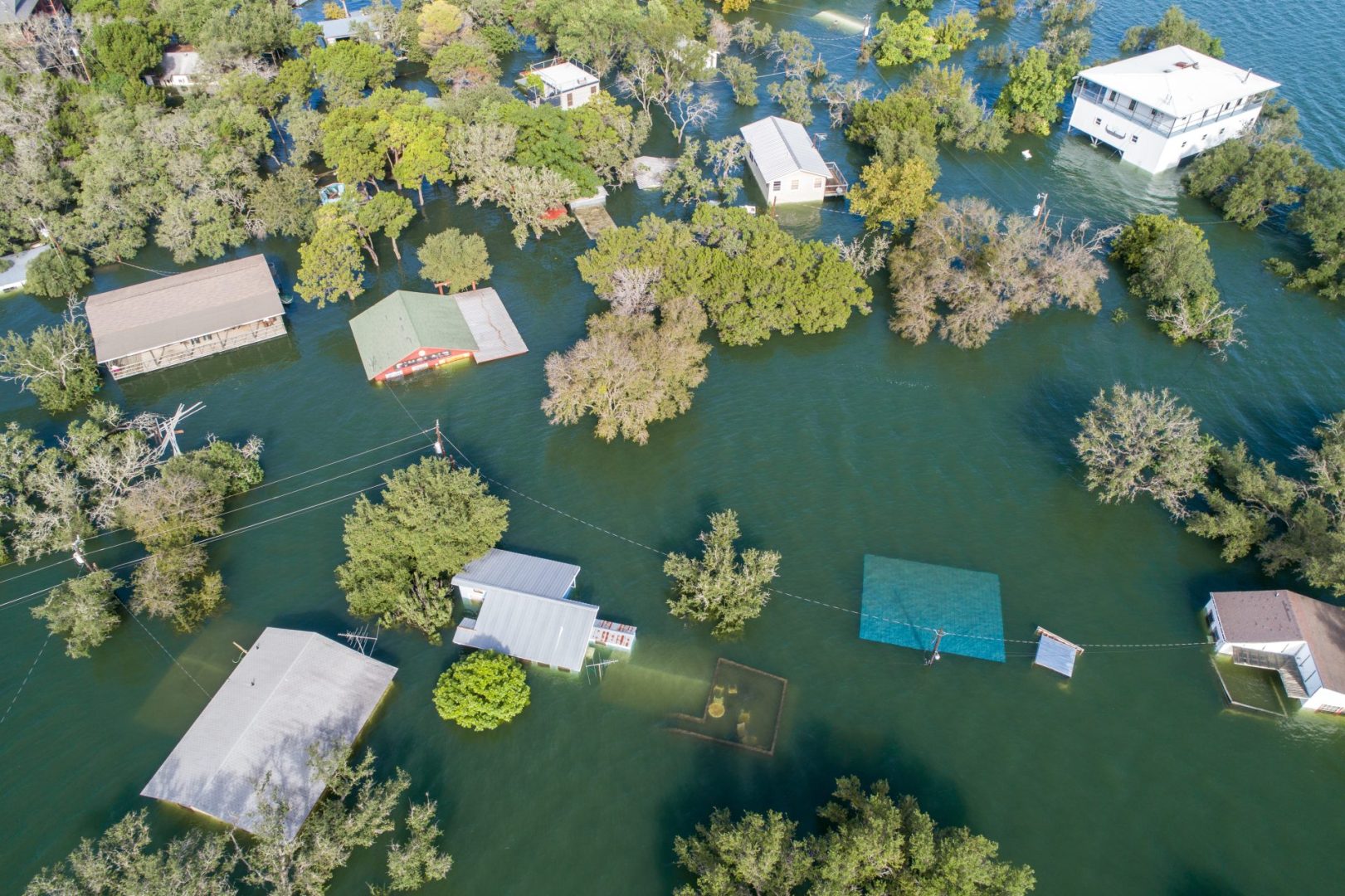The catastrophic flash floods that swept through Central Texas have claimed at least 120 lives, with 173 people still missing as search and rescue operations enter their seventh day. The disaster has placed unprecedented strain on emergency response systems while raising serious questions about preparation and construction practices in flood-prone areas.
Kerr County stands at the epicenter of this tragedy, where the Guadalupe River burst its banks on Friday, rising 20 feet in approximately 95 minutes. The sudden surge killed 96 people in the region, including 36 children, while 161 others remain unaccounted for. Officials acknowledge that the death toll could double as search efforts continue across 60 miles of affected river areas.
Camp Mystic tragedy highlights construction concerns
The deadliest single incident occurred at Camp Mystic, an all-girls Christian summer camp situated directly on the Guadalupe River bank. Twenty-seven young girls and staff members perished when floodwaters overwhelmed the facility, while five campers and one 19-year-old counselor remained missing as of Thursday morning.
Investigation into the camp’s construction has revealed troubling details about its placement. At least six cabins were built on areas designated as extremely hazardous floodways, where water moves at its highest velocity and depth. Records show that Kerr County officials had previously classified these zones as extremely dangerous for construction.
Climate risk modeling indicates that 17 structures at Camp Mystic were positioned directly in the path of potential flood waters. These revelations have intensified scrutiny of local planning decisions and building permit processes that allowed construction in such high-risk areas.
Search operations face mounting challenges
Rescue teams from multiple states continue scouring the vast search area, but officials warn that comprehensive efforts could take weeks to complete. The Virginia Beach Water Rescue Team, among several out-of-state units assisting local authorities, emphasized the methodical nature of the search across such an extensive area.
The National Weather Service has provided some relief by forecasting sun and clouds across Texas Hill Country, with temperatures approaching triple digits but no additional precipitation expected. This weather pattern should allow search teams to work more effectively while giving residents time to assess damage and begin recovery efforts.
NASA has joined the response effort, providing satellite imagery and technical support to help coordinate search operations and assess the full scope of the disaster. The federal involvement underscores the magnitude of the crisis and the need for resources beyond local capabilities.
Political response and federal assistance
Governor Greg Abbott has announced that the Texas Workforce Commission will accept applications for Disaster Unemployment Assistance following President Donald Trump’s Major Disaster Declaration. This federal designation allows workers whose employment was disrupted by the disaster to apply for benefits, providing crucial support during the recovery period.
The disaster has also attracted political commentary, with some figures attempting to link the response to broader cultural debates. However, emergency management professionals continue focusing on immediate rescue and recovery needs rather than political considerations.
Community resilience amid devastation
Local communities have demonstrated remarkable solidarity in the face of tragedy. Hundreds gathered at Tivy Antler Stadium for a vigil honoring flood victims, with attendees holding hands in prayer and carrying crosses to memorialize those lost. These gatherings provide emotional support while helping residents process the scale of their losses.
The disaster has prompted broader discussions about flood preparedness and construction standards in areas prone to extreme weather events. As climate patterns continue changing, the Texas floods serve as a stark reminder of the importance of proper planning and risk assessment in vulnerable regions.
Recovery efforts will likely continue for months as families search for missing loved ones and communities rebuild damaged infrastructure. The tragedy has highlighted both the devastating power of natural disasters and the resilience of communities working together to overcome unprecedented challenges.


















